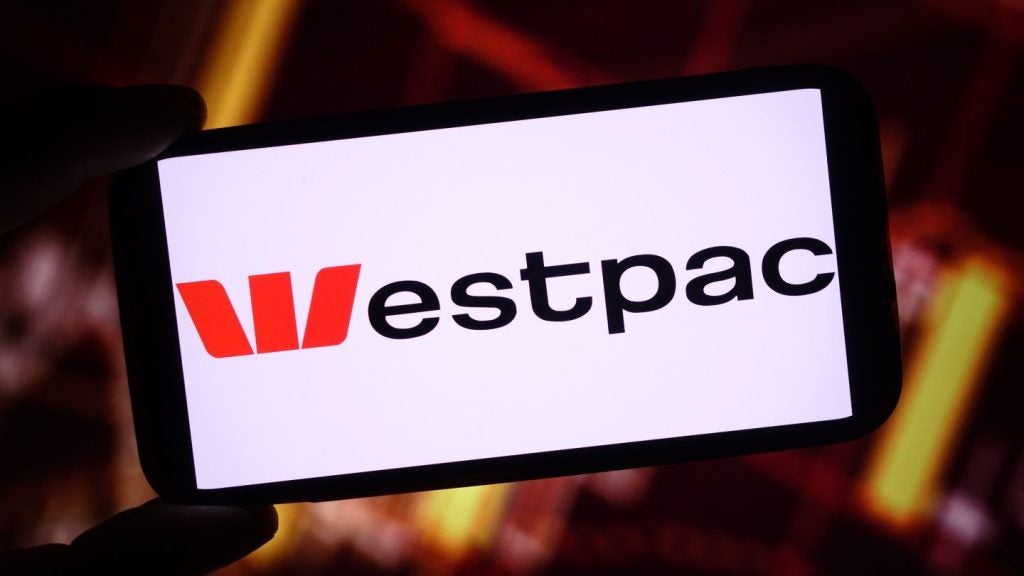the widespread liberalisation of emerging markets have resulted in
a number of huge international banking groups with 10,000 plus
branch networks, even more ATMS, tens of millions of online banking
customers and trillions of dollars in group assets. Hugh Fasken
looks at the rise of superbanks.
Globalisation, consolidation and a focus on distribution – some of
the bigger banking trends over the past two years across the
world.
The consequence? The rapid development of a number of ‘superbanks’,
groups with over 10,000 branches and trillions of dollars in
assets. And while the big Chinese banking groups such as Industrial
and Commercial Bank of China (ICBC) and China Construction Bank
(CCB) top the list due to their vast branch networks, it is the
emergence of European-headquartered players such as Santander,
Crédit Agricole and UniCredit that make the list of the biggest
banks by branch network all the more interesting.
It is not just in branch and ATM numbers that this new breed of
financial services company is dominating – in terms of assets, many
now top $1 trillion, with six now juggling more than $2 trillion
and one, Royal Bank of Scotland, flush with retail and corporate
assets from the recent take-over of ABN AMRO, managing $3.7
trillion.
Here, State Bank of India stands out for its relatively low assets
($171 billion), a figure that indicates both how far behind India
is compared with neighbouring China and other global markets and
also the opportunities for growth in the country.
The notable underperformers in terms of branch networks are the
Japanese players. Mitsubishi UFJ, the country’s largest banking
group, only musters 1,205 outlets despite ranking seventh overall
in terms of assets at $1.8 trillion. Mizuho, Japan’s second-largest
banking group, has even less, at just over 500 branches. According
to Japanese government figures, Japan has the fewest bank branches
per 100,000 of population of any leading economy: around 10
branches compared to 18 in the UK, 23 in the US, 42 in Germany and
44 in France.
Outside of Japan, however, banks continue to emphasise the
important role the branch is playing in their growth strategies.
Barclays opened 400 units in the first quarter of 2008, for
instance, BNP Paribas says it wants to open 600 more by 2010, and
HSBC is aiming to open 22 new US branches in 2008 and up to 40 in
2009.

US Tariffs are shifting - will you react or anticipate?
Don’t let policy changes catch you off guard. Stay proactive with real-time data and expert analysis.
By GlobalDataAris Bogdaneris, head of retail banking at Austria’s Raiffeisen
International, told RBI in an interview in April that he
is aiming to open 735 new branches across Central and Eastern
Europe over the next three years, with around 220 in Russia
(see RBI 590). “Once we’ve
built the distribution, everything seems to follow. I think retail
banking is all about distribution if you’re in the mass retail
game,” Bogdaneris said.
HSBC only just creeps into the top 10
 Ignoring post offices and
Ignoring post offices and
related postal banks – which tend to have very large ‘branch’
numbers (Japan Post Bank will have over 25,000 when it is launched
– see table left) – at least 11 banking groups now operate
networks of over 10,000 branches.
HSBC, which has massively expanded its retail banking business
across Asia over the past 12 months and has just extended a
deadline to buy 350-branch Korea Exchange Bank (see RBI DealWatch tables in All change
in Australia?), only just creeps into the top 10. Citi,
wrestling with a souring US market and huge loan write-offs, has
indicated it too is looking to up its distribution footprint in key
emerging markets (see Rebranding that never sleeps).
But it is Santander, however, very much in the ascendancy after
exploiting its part in the ABN AMRO take-over to bolster its
Brazilian business, which now has the largest branch network
outside of three of the Chinese giants and Russia’s Sberbank, as
well as the world’s second largest ATM footprint at 26,267
terminals. The group, winner of RBI’s Best Global Retail
Bank award in April (see RBI
590), posted a 22 percent rise in first quarter profit in
May; retail banking generated 85 percent of total gross operating
income and 77 percent of profit before tax in the first quarter
(€2.46 billion, up 9.7 percent year-on-year).
Santander’s network rises to 13,178
Across the 12-month period to March 2008, Santander added a total
of 226 new branches. Factoring in Brazil’s Banco Real, the group’s
network will total 13,178 – consolidating Santander’s position as
the bank with the largest retail bank distribution franchise in the
Western world. In terms of European players, only France’s Crédit
Agricole comes close, with currently 11,095 branches.
The latest entrant into the top tier – banks with over 10,000
branches – is State Bank of India (SBI), which opened its 10,000th
branch in April. ICICI Bank, its main rival in India, has just
1,300 in comparison – moreover, SBI has announced plans to open a
further 2,000 by the end of 2009.
SBI says it is investing heavily in upgrading its network, having
redesigned 2,000 outlets alone in 2007 and finishing the year with
some 9,390 branches now wired into its Core Banking platform. SBI
managed to issue over 530,000 cards during the year and has set
itself a target of increasing retail assets by 20 percent in 2008,
the vast majority of which will, despite a push into online and
mobile banking, be channeled through its branches.
The broad conclusion from a report called The Branch Is
Back, published by VRL KnowledgeBank in April (see RBI 591), was that while the branch
is usually supplemented by other types of delivery channel such as
the internet and mobile phone, it has yet to be supplanted as the
most effective channel through which to create and cultivate
profitable customer relationships. The report stressed two further
points: there is now widespread evidence of a greater focus from
banking executives on all aspects of branch strategy – and not just
the pursuit of cutting-edge ‘branch formats of the future’; and,
secondly, that available evidence demonstrates how this wider, more
intense focus on all aspects of branch strategy is yielding both
higher levels of customer satisfaction and network
profitability.
Chinese banks, dealing with vast legacy networks and a number of
energetic foreign players looking to seize market share, have been
hastily investing in their branches. China’s CCB, for instance,
says it has “deepened its ‘customer-focused’ philosophy” and
optimised service modes to improve customer service.
In 2007, the deployment of a retail branch transformation project
in co-operation with Bank of America (which has a 9 percent stake
in CCB), successfully standardised service and sales models at
branches – as at 31 December 2007, 5,266 retail branches had been
revamped, accounting for 40 percent of retail branches.
Significantly, CCB said the transformed branches reported an
increase in daily average product sales of 215 percent, operational
efficiency rose by up to 40 percent, and customer waiting times
were shortened by 29 percent.
The number of online customers
CCB reported also that the number of online clients grew by 63
percent to 71 million, while online transaction volume shot up by
134 percent to 1.89 billion transactions – a sign not of the
falling interest in branches but the need for fully integrated
multi-channel distribution delivery.
When asked about online banking customers, China’s ICBC said it now
had 39 million, HSBC said 46 million and Bank of America, 24
million.








